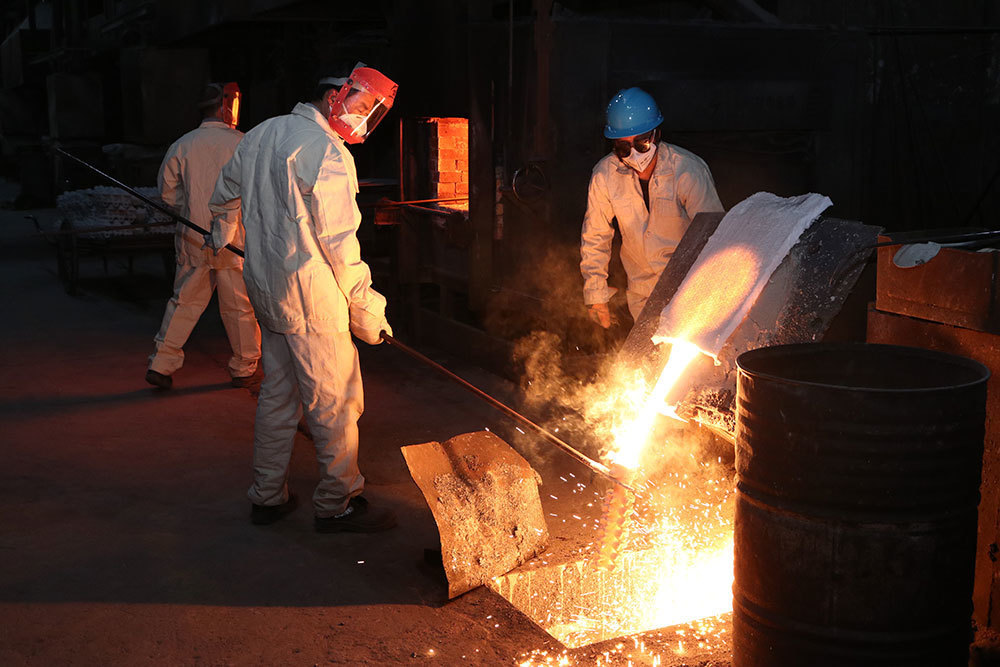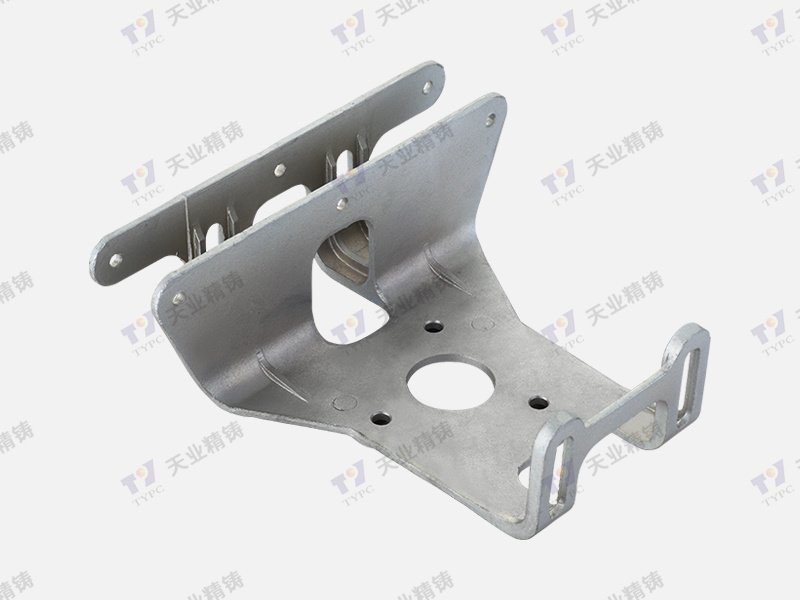2025-04-05
From Vision to Reality: The Transformative Role of Other Alloy Castings in Automotive Electrical Systems
From Vision to Reality: The Transformative Role of Other Alloy Castings in Automotive Electrical Systems
Table of Contents
1. Introduction to Automotive Electrical Systems and Alloy Castings
2. Understanding Other Alloy Castings
3. The Importance of Material Selection in Automotive Applications
3.1 Strength and Durability
3.2 Thermal and Electrical Conductivity
4. Advantages of Using Other Alloy Castings in Automotive Electrical Systems
4.1 Weight Reduction and Fuel Efficiency
4.2 Enhanced Performance and Reliability
5. Key Applications of Other Alloy Castings in Automotive Electrical Systems
5.1 Power Distribution Units
5.2 Sensor Housings
5.3 Connectors and Terminals
6. Future Trends in Alloy Castings for Automotive Electrical Systems
7. Challenges and Considerations in the Use of Alloy Castings
8. Conclusion
9. FAQs
1. Introduction to Automotive Electrical Systems and Alloy Castings
The automotive industry is rapidly evolving, with electrical systems becoming increasingly complex and essential for vehicle performance. **Alloy castings**, specifically other alloy castings, have emerged as vital components within these systems. They are integral in ensuring reliability, safety, and efficiency in modern vehicles. In this extensive article, we delve into the impact of other alloy castings on automotive electrical systems, exploring their benefits, applications, trends, and challenges.
2. Understanding Other Alloy Castings
Other alloy castings refer to materials made from various metal compositions, including aluminum, magnesium, and zinc, which are specifically formulated for casting processes. These alloys are designed to meet the rigorous demands of automotive applications, providing a combination of strength, lightweight properties, and thermal stability. The versatility of alloy castings makes them suitable for a variety of components in automotive electrical systems.
3. The Importance of Material Selection in Automotive Applications
Material selection is critical in automotive design, especially for electrical systems that require reliability and performance under varying conditions.
3.1 Strength and Durability
Alloy castings offer superior **mechanical properties** compared to traditional materials. The strength-to-weight ratio of these castings allows for the creation of lightweight components without compromising durability. This makes them perfect for applications where weight is a concern, such as in electric vehicles (EVs) and hybrids.
3.2 Thermal and Electrical Conductivity
The **thermal and electrical conductivity** of alloy castings is another reason why they are favored in automotive electrical systems. These properties ensure efficient performance in components that handle high currents and dissipate heat effectively, thus enhancing overall system reliability.
4. Advantages of Using Other Alloy Castings in Automotive Electrical Systems
The application of other alloy castings in automotive electrical systems brings numerous advantages that contribute to improved vehicle performance.
4.1 Weight Reduction and Fuel Efficiency
By integrating lightweight alloy castings, manufacturers can significantly reduce the overall weight of vehicles. This reduction leads to enhanced fuel efficiency and extended battery life for electric and hybrid vehicles, aligning with modern sustainability goals.
4.2 Enhanced Performance and Reliability
Alloy castings enhance performance through their durability and resistance to environmental factors such as corrosion and thermal fatigue. This reliability is crucial in automotive applications where failure can result in significant safety hazards and costly repairs.
5. Key Applications of Other Alloy Castings in Automotive Electrical Systems
Other alloy castings find diverse applications within automotive electrical systems, each contributing uniquely to vehicle performance.
5.1 Power Distribution Units
Power distribution units rely on alloy castings for their lightweight and robust construction. These units manage the distribution of electrical power to various components, ensuring efficiency and reliability in performance.
5.2 Sensor Housings
Advanced vehicles often incorporate numerous sensors for enhanced functionality. Alloy castings serve as effective housings for these sensors, providing protection against environmental factors while ensuring proper functionality.
5.3 Connectors and Terminals
Connectors and terminals are crucial for establishing reliable connections in electrical systems. Other alloy castings offer excellent conductivity and mechanical strength, making them ideal for these applications.
6. Future Trends in Alloy Castings for Automotive Electrical Systems
With the automotive industry moving towards electrification and automation, the demand for advanced alloy castings is expected to grow. Innovations in materials science will likely lead to the development of even lighter and more durable alloys, further enhancing the performance of automotive electrical systems.
Additionally, the rise of **3D printing technology** may revolutionize the production of alloy castings, allowing for more complex designs that can improve efficiency and reduce waste.
7. Challenges and Considerations in the Use of Alloy Castings
Despite their numerous advantages, there are challenges associated with the use of other alloy castings in automotive applications. Manufacturers must consider factors such as **cost**, manufacturing processes, and supply chain logistics. Ensuring quality control during the casting process is also vital to avoid defects that could compromise the integrity of the components.
8. Conclusion
In conclusion, other alloy castings play a pivotal role in shaping the future of automotive electrical systems. Their unique properties allow for the development of innovative components that enhance vehicle performance, safety, and efficiency. As the automotive industry continues to evolve, the significance of alloy castings will only increase, making them a crucial element in the ongoing transformation of automotive technology.
9. FAQs
1. What are other alloy castings used for in automotive electrical systems?
Other alloy castings are used for components like power distribution units, sensor housings, connectors, and terminals, providing strength, durability, and efficient thermal and electrical conductivity.
2. How do alloy castings improve vehicle fuel efficiency?
By reducing the overall weight of vehicles, alloy castings contribute to improved fuel efficiency, especially in electric and hybrid vehicles.
3. What are the benefits of using lightweight materials in automotive design?
Lightweight materials reduce overall vehicle weight, enhance fuel efficiency, improve battery life in EVs, and contribute to better handling and performance.
4. Are there any challenges in using other alloy castings for automotive applications?
Challenges include cost considerations, manufacturing complexities, and the need for quality control to prevent defects during the casting process.
5. What is the future of alloy castings in the automotive industry?
The future of alloy castings looks promising, with advances in materials science and manufacturing processes expected to lead to even more innovative applications in automotive electrical systems.









